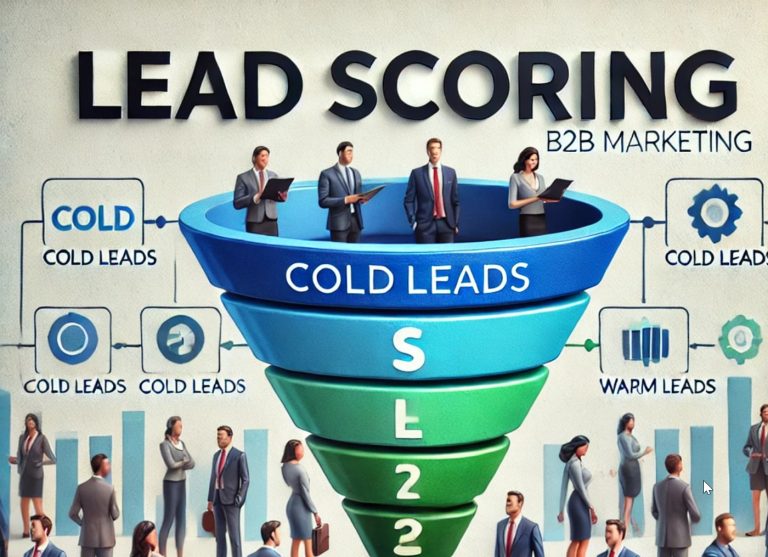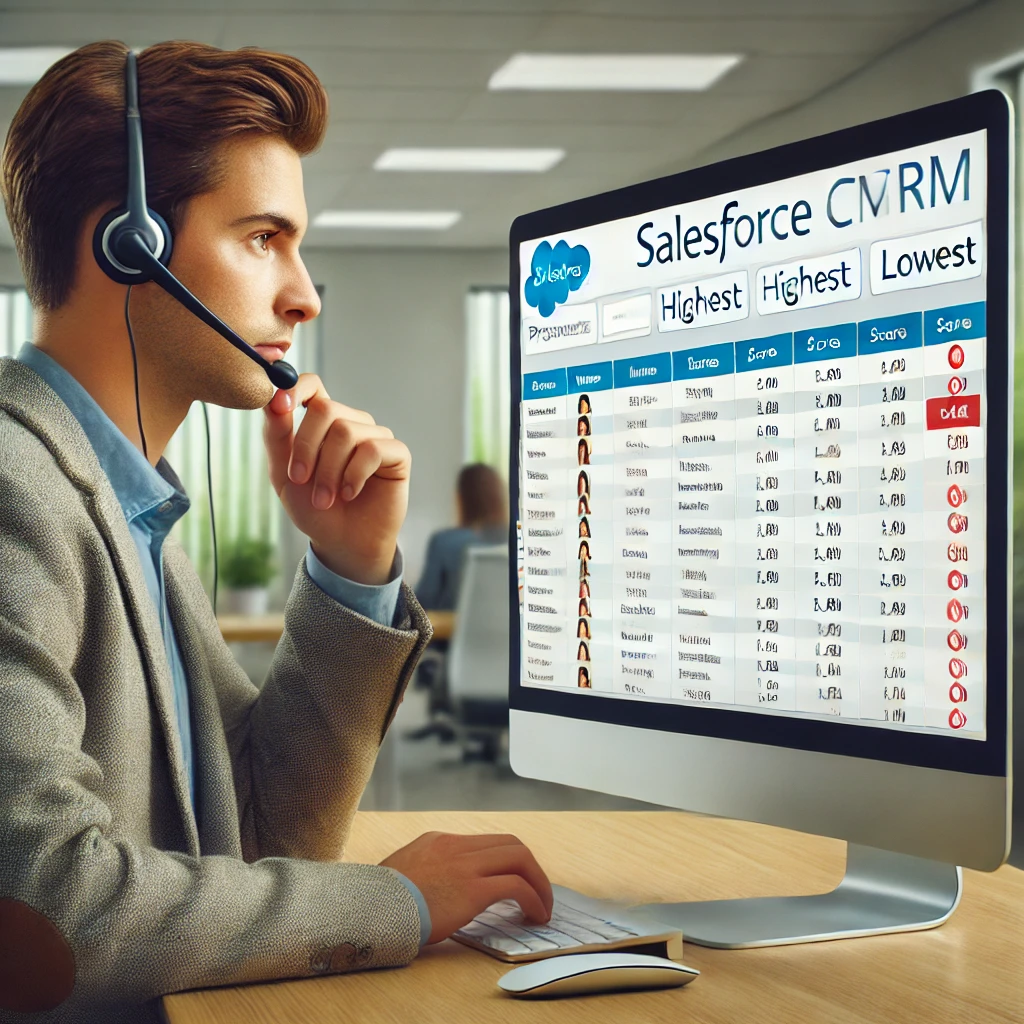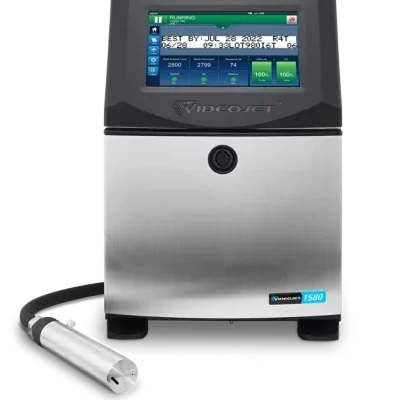Lead Scoring as a tool for efficient outbound marketing
Easy and applicable action plan to implement lead scoring in your business
Intro

In today’s competitive market, businesses must be strategic about their customer acquisition efforts. Lead scoring provides the insights needed to make informed decisions, prioritize leads, and streamline the sales process. By understanding the value of each lead, companies can tailor their strategies to meet the specific needs and preferences of their target audience. This personalized approach not only enhances the customer experience but also drives long-term growth and profitability.
Definition
Value and Importance of Lead Scoring
Objectives and KPIs

Enjoying the ride and want to connect?
Get in touch with me using that red button and we can discuss what you have in mind!
Team involved in creation and utilisation of the lead scoring model

Some of my clients' case studies
Industries where you need to do lead scoring and case studies
7. Manufacturing
Conclusion
Also Check Out Some of The Services That I Provide:
Audit
of your website, perfomance and brand campaigns, as well analysis of CJM and Funnel Management.
Consulting
Detailed recommendations based on analysis with handpicked tools and solutions.



